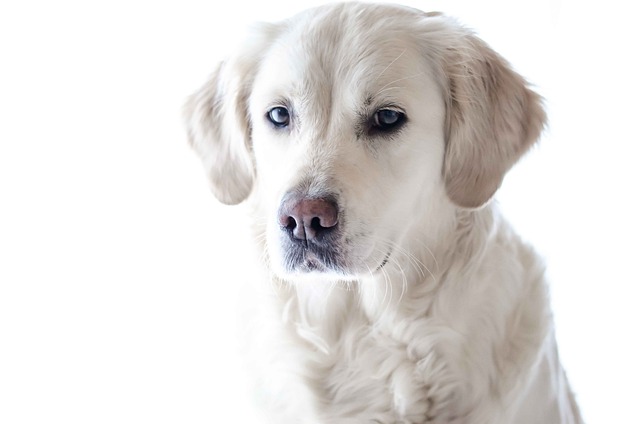
How can I tell if my dog's heatstroke is serious
Let’s be real: It’s a sticky August morning in Los Angeles, and you took your 2-year-old Golden Retriever, Max, for a walk a little later than usual
In pet raising, the oral health of dogs is gradually receiving attention. Just as we need to brush our teeth every day to keep our mouths clean, dogs also need to regularly clean their teeth to prevent oral diseases. However, many owners may have this question when brushing their dogs' teeth: Can human toothpaste be used to brush their dogs' teeth? The answer is negative. Although it may seem convenient, there are actually many hidden dangers.
From an ingredient perspective, there are significant differences between human toothpaste and dog toothpaste. Human toothpaste often contains fluoride, which has a positive effect on human teeth, can enhance enamel, and effectively prevent tooth decay. But for dogs, fluoride is like a 'time bomb'. Dogs often swallow toothpaste when brushing their teeth, and excessive intake of fluoride can lead to fluorosis. This disease can gradually harden and loosen the bones of dogs, causing joint pain and stiffness. In severe cases, it can even affect the spine and kidneys, causing great pain to dogs.
In addition to fluoride, xylitol in human toothpaste is also a highly threatening ingredient for dogs. Many human toothpastes add xylitol to improve their taste, but this is highly toxic for dogs. Once a dog ingests xylitol, its body rapidly secretes a large amount of insulin, causing its blood sugar to drop sharply and enter a state of hypoglycemia. When the situation is severe, it can also cause liver damage and even directly endanger life.
Alcohol, foam and other chemical components in human toothpaste can also cause problems for dogs. Alcohol can stimulate the fragile oral mucosa of dogs, causing oral pain and redness of the mucosa; A lot of foam produced by tooth brushing will not be spit out by dogs like humans, but will be swallowed, which will cause stomach discomfort or other digestive problems; The preservatives, fragrances, and other ingredients in toothpaste may also trigger allergic reactions in dogs.

In terms of oral structure and usage habits, the brush head and bristles of human toothbrushes are designed specifically for the human oral structure, typically larger and with harder bristles. When using such a toothbrush to brush a dog's teeth, it is easy to cause damage to the dog's gums, leading to gum bleeding, redness, and other problems. Dog specific toothbrushes are designed to be smaller and have softer bristles, which can better adapt to the oral structure of dogs. While cleaning teeth, they minimize damage to the dog's mouth to the greatest extent possible.
Matched with it, dog specific toothpaste is usually swallowable and has flavors that dogs like, such as beef, chicken, etc. These delicious toothpastes can greatly increase a dog's acceptance of brushing their teeth, making brushing less difficult. When dogs smell something they like, they are more willing to cooperate with their owners to complete the brushing process, which is very important for cultivating dogs' brushing habits.
For the oral health of dogs, we should choose specialized pet toothpaste and toothbrushes for them. When brushing your dog's teeth, it is also important to master the correct method. First, let the dog gradually adapt to the brushing tool. You can use gauze or finger cots to gently massage the dog's gums and teeth, making them familiar with this feeling. When brushing teeth formally, extend the toothbrush at a 45 degree angle between the teeth and gums, rotate it in a fine circle on the surface of the teeth, and then brush up and down to remove food residue and tartar from between the teeth. More patience is needed when brushing the inner surface of teeth, as dogs may resist opening their mouths wide. The usual brushing sequence is to brush the side teeth first, then the front teeth, and finally the inner teeth. Brushing teeth 1-2 times a week is sufficient. If the dog's teeth are in poor condition, it can be increased to 3-4 times a week, with each brushing session lasting about 1 minute. During the process of brushing teeth, it is important to always maintain patience and gentleness. Encourage the dog to cooperate through verbal and snack rewards. After brushing teeth, give the dog rewards such as snacks or take it out to play, so that the dog can have a positive experience with brushing teeth.
Dogs are our intimate companions in life, bringing us endless joy and companionship. We have a responsibility to take care of their health and pay attention to every detail. In terms of oral care, never use human toothpaste to brush your dog's teeth for temporary convenience. Choose the appropriate pet toothpaste and toothbrush, use the correct method to clean your dog's teeth, let our dog have a healthy mouth, bloom with a bright smile, and accompany us for a longer time. Let us use love and care to safeguard the health of dogs.

Let’s be real: It’s a sticky August morning in Los Angeles, and you took your 2-year-old Golden Retriever, Max, for a walk a little later than usual
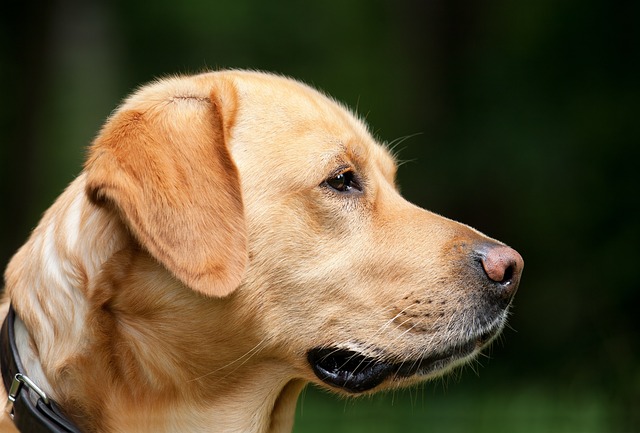
You're enjoying a summer afternoon at the park when you notice your dog has stopped panting and appears disoriented - their gums are bright red
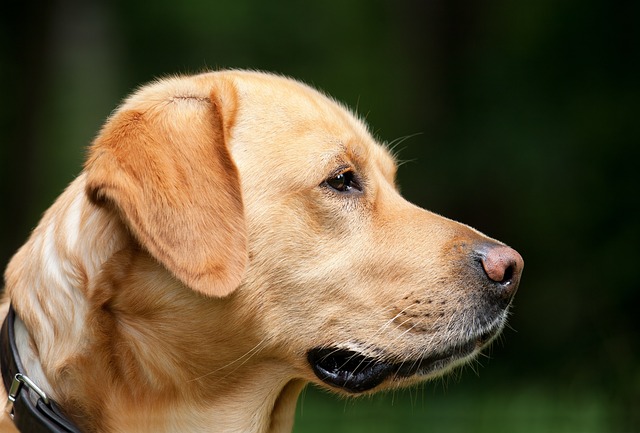
Let’s paint the picture: You’re in your Denver apartment, watching your 4-year-old Boston Terrier, Ruby, plop down mid-play session with her favorite toy

Many dog owners notice their pets nails seem shorter after regular walks,but how much does this daily activity actually help?The answer depends on where you walk—concrete sidewalks or asphalt streets gently file nails as a dog's paws hit the ground
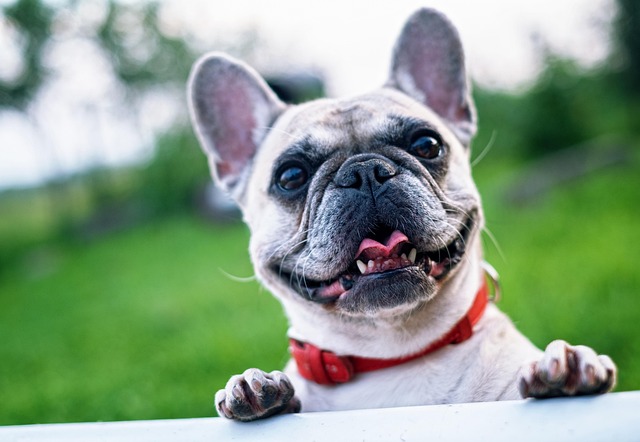
Most dog owners notice their pup scooting across the carpet at some point, but few connect it to impacted anal glands. These small sacs near a dog’s rectum secrete a scent for marking territory
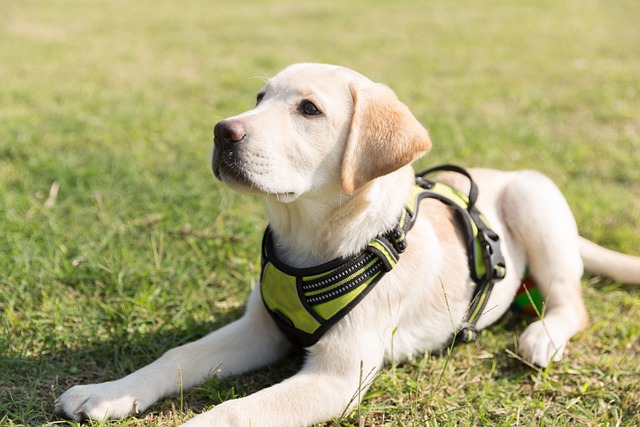
Most vets agree that regular dog teeth cleaning is key to avoiding painful dental issues later. For healthy adult dogs, a professional cleaning at the vet’s office every 12 to 18 months usually works well.